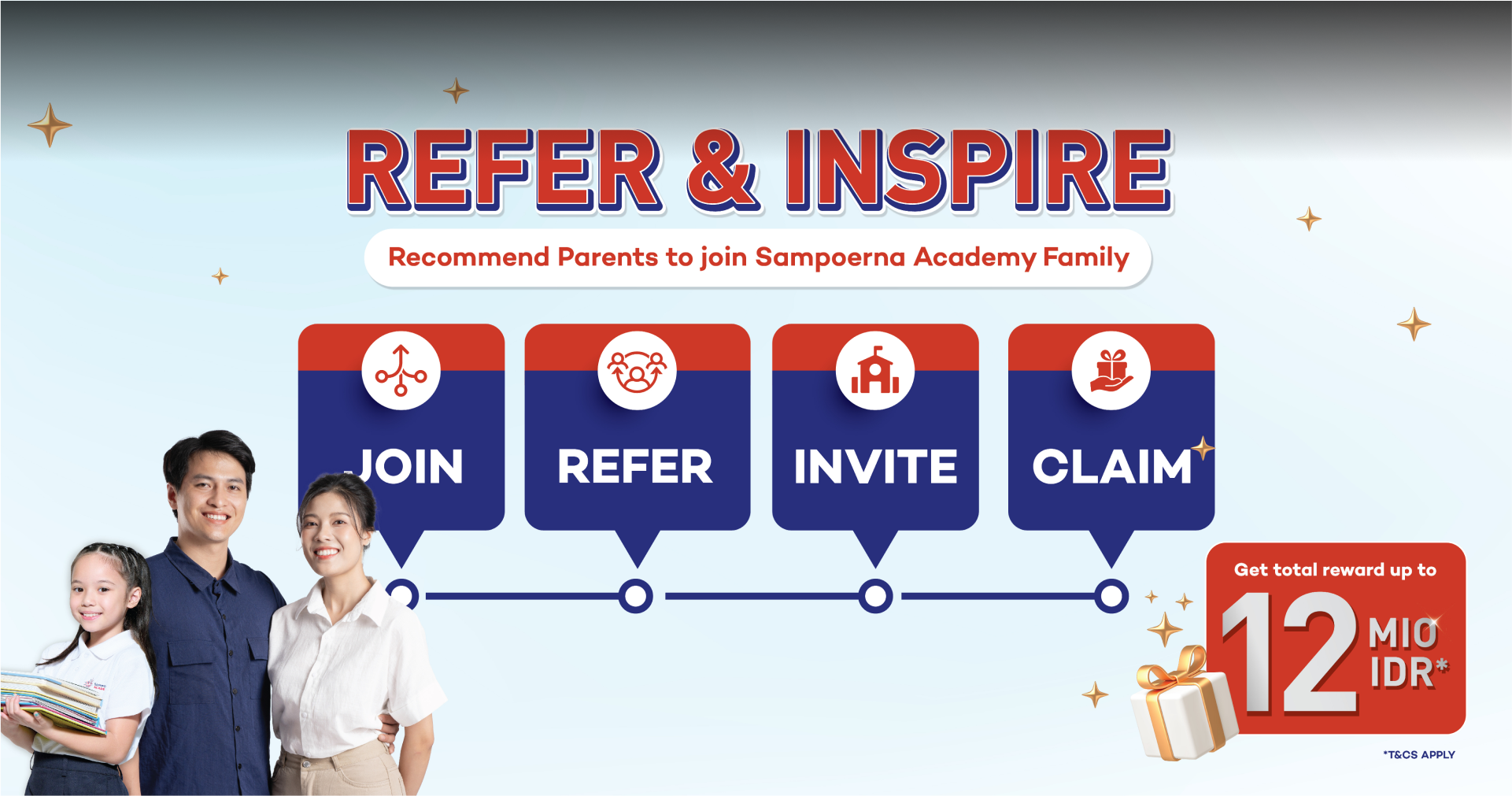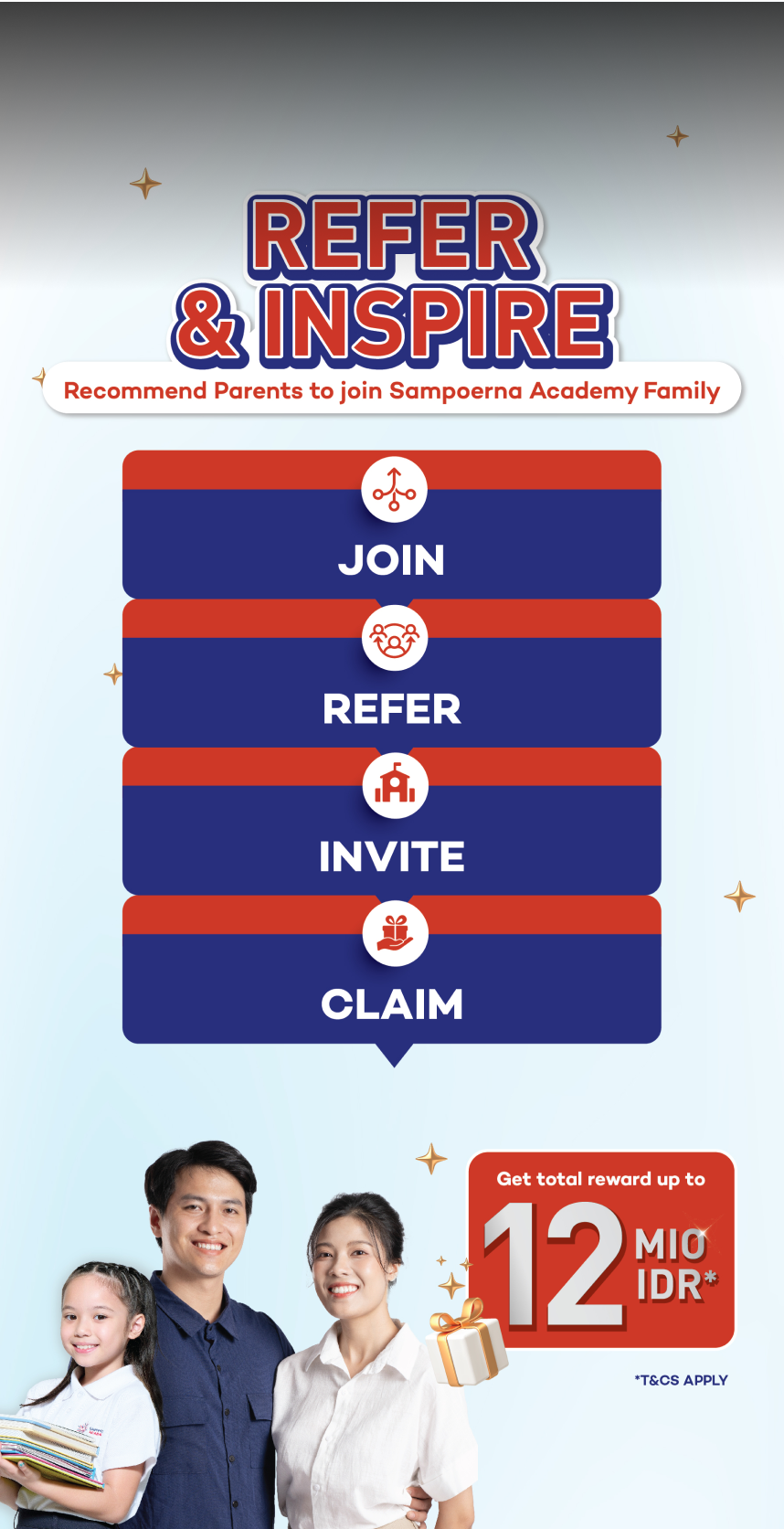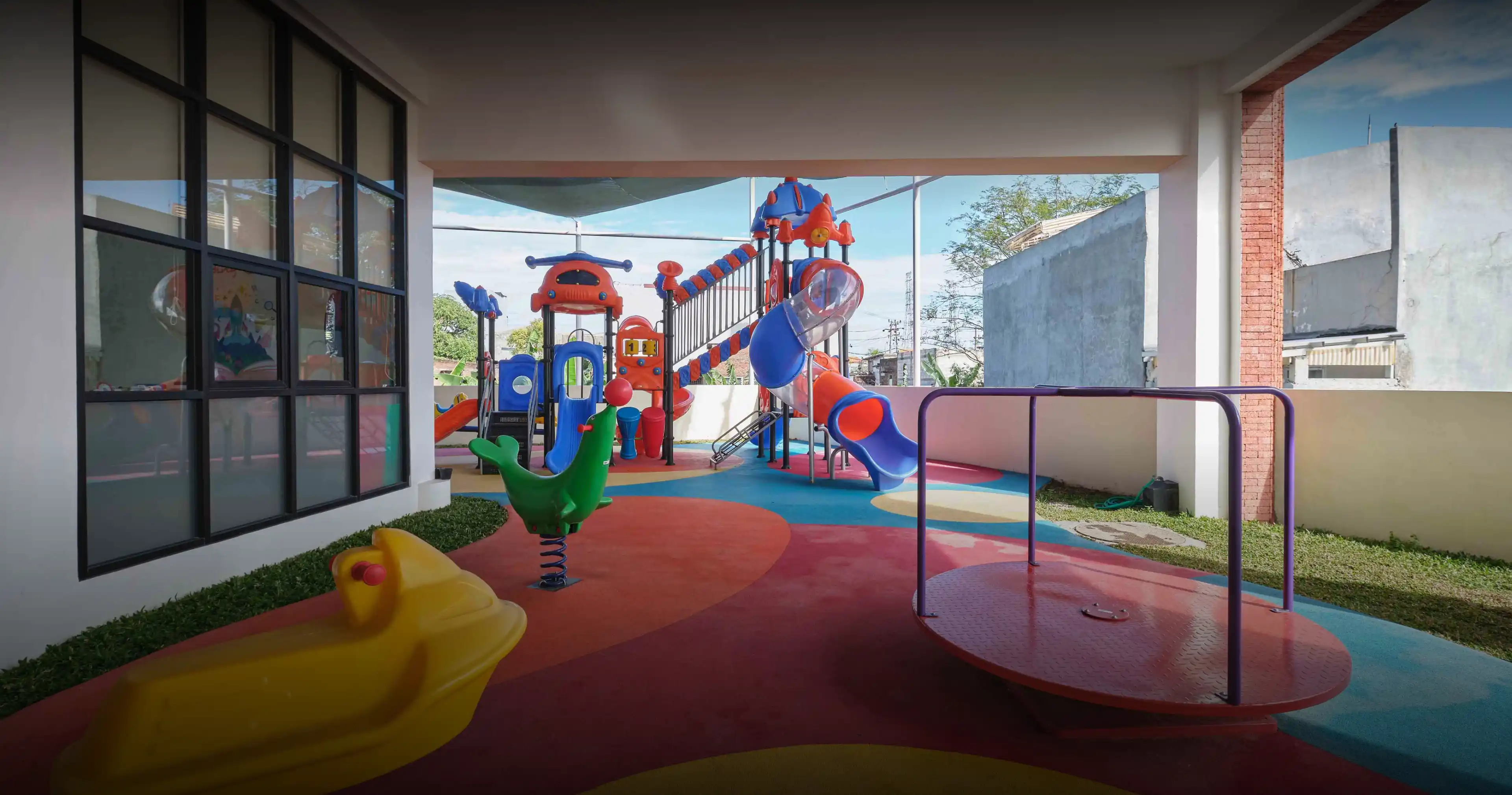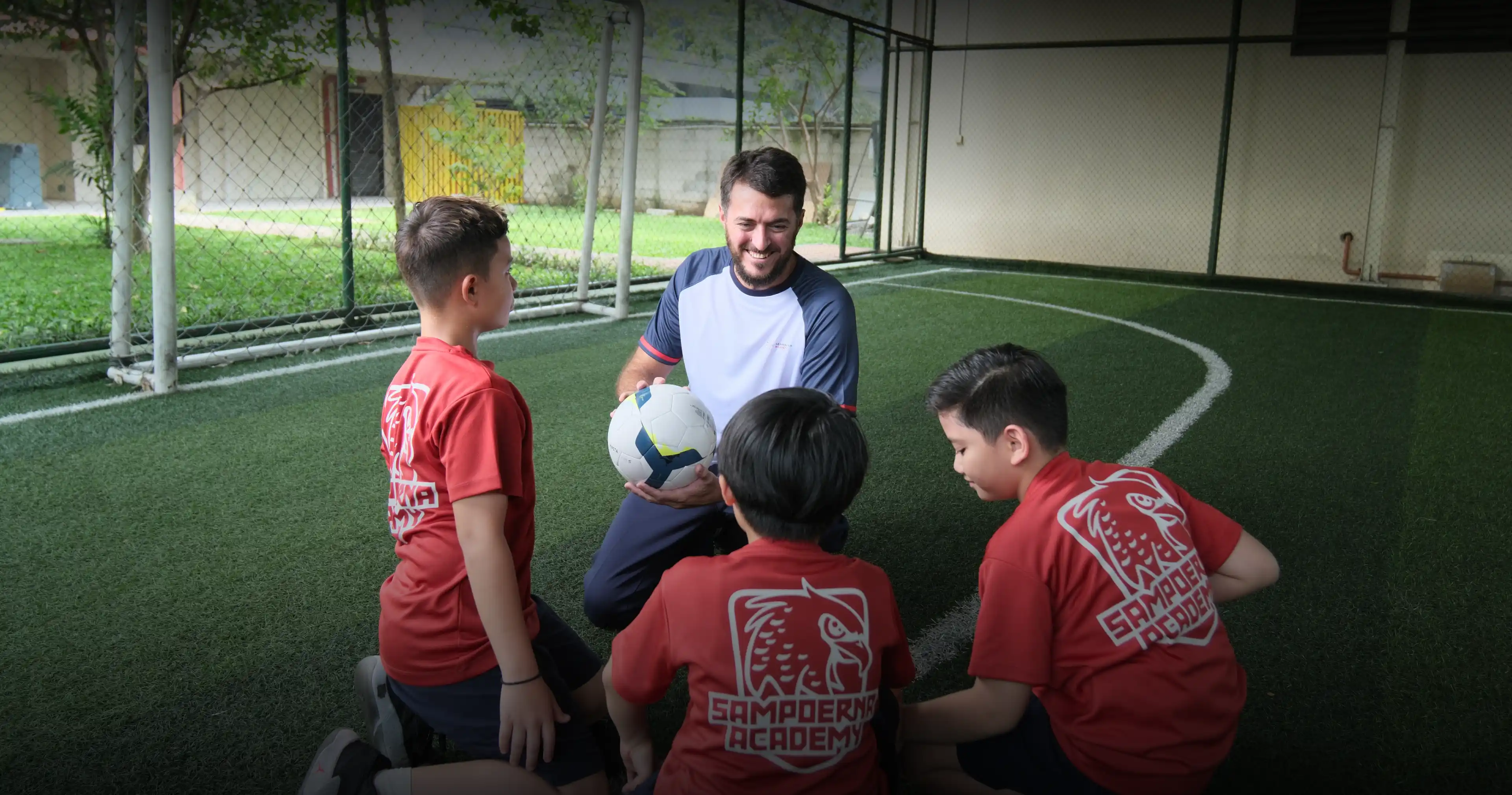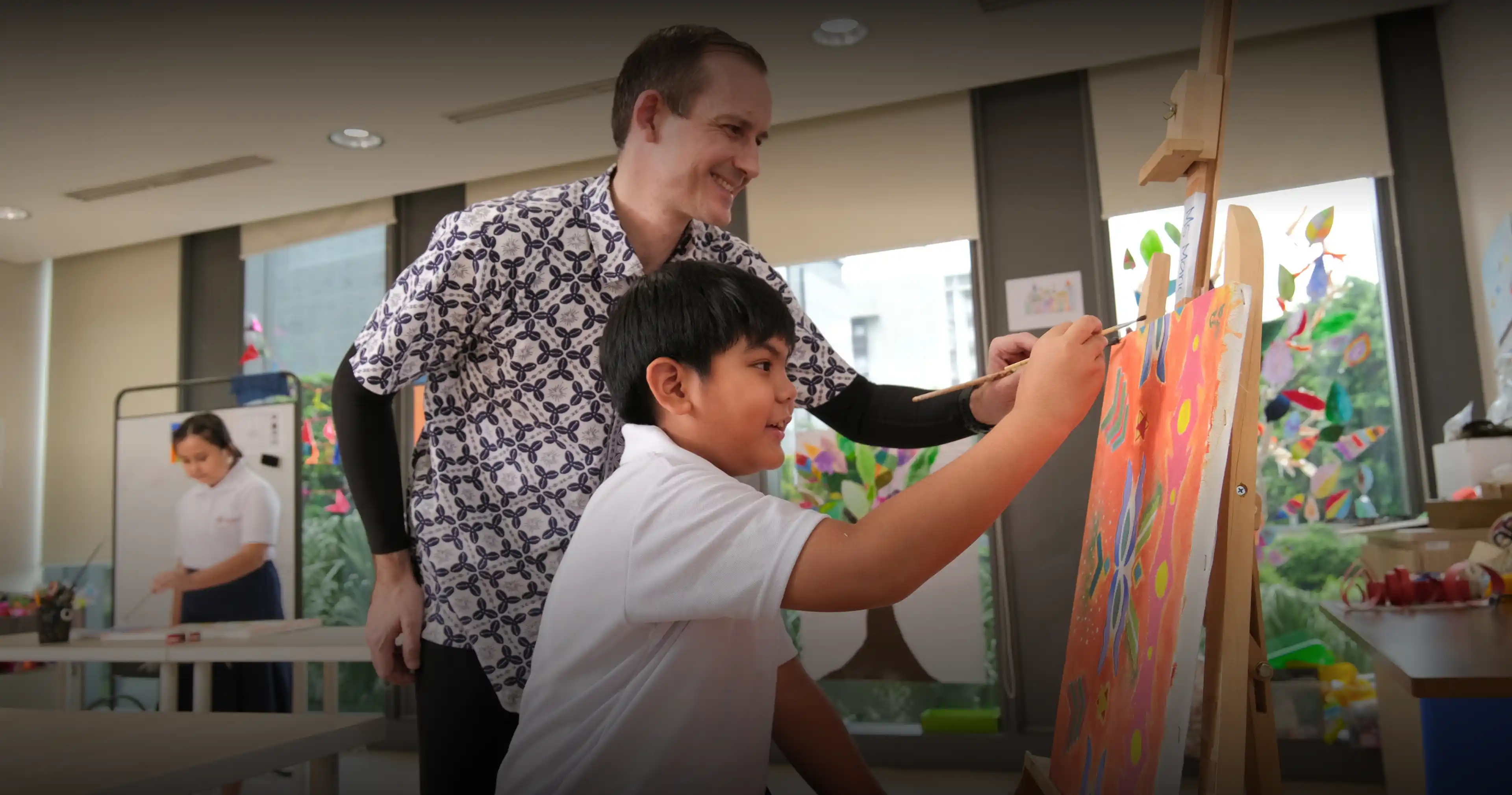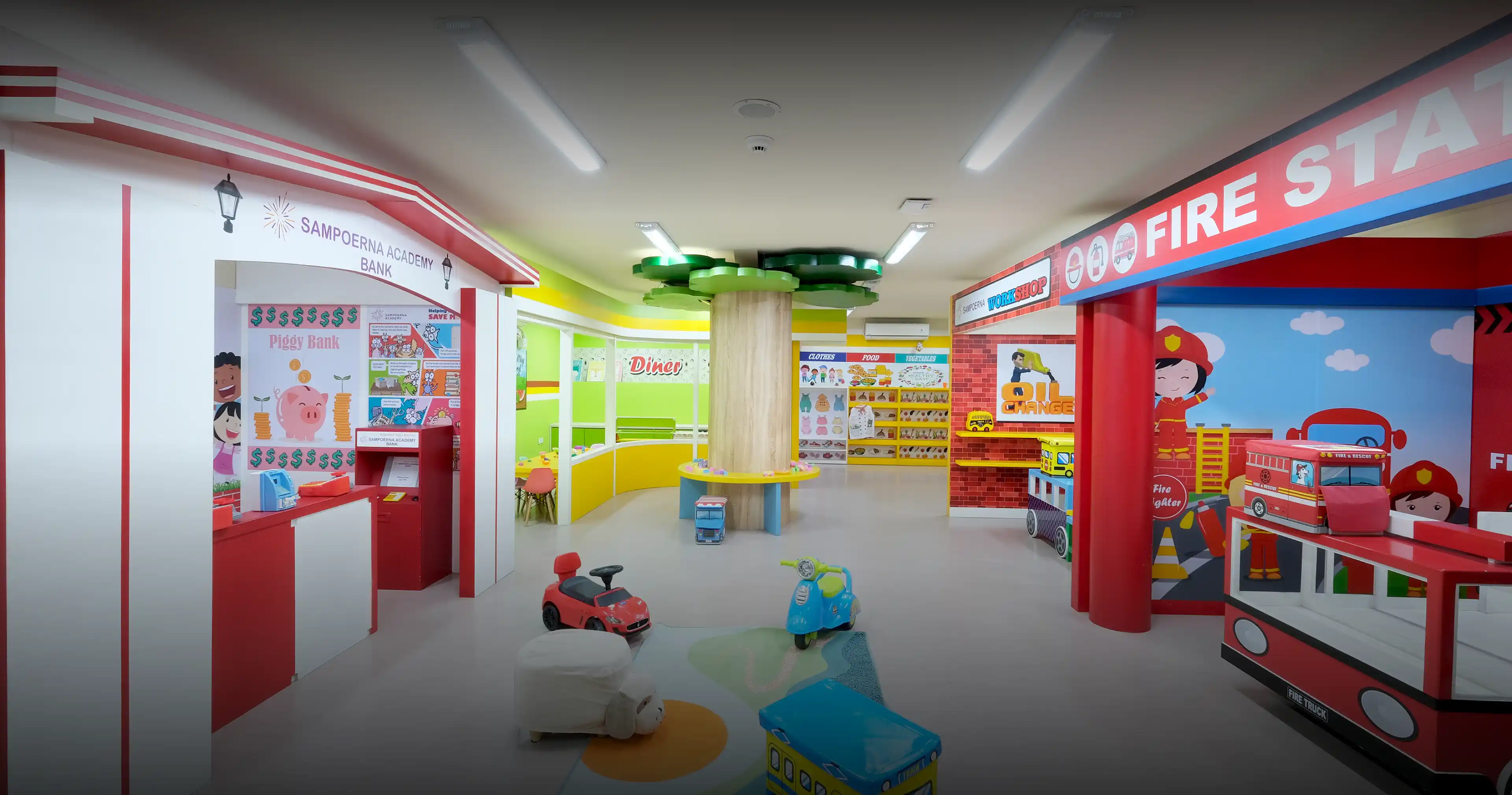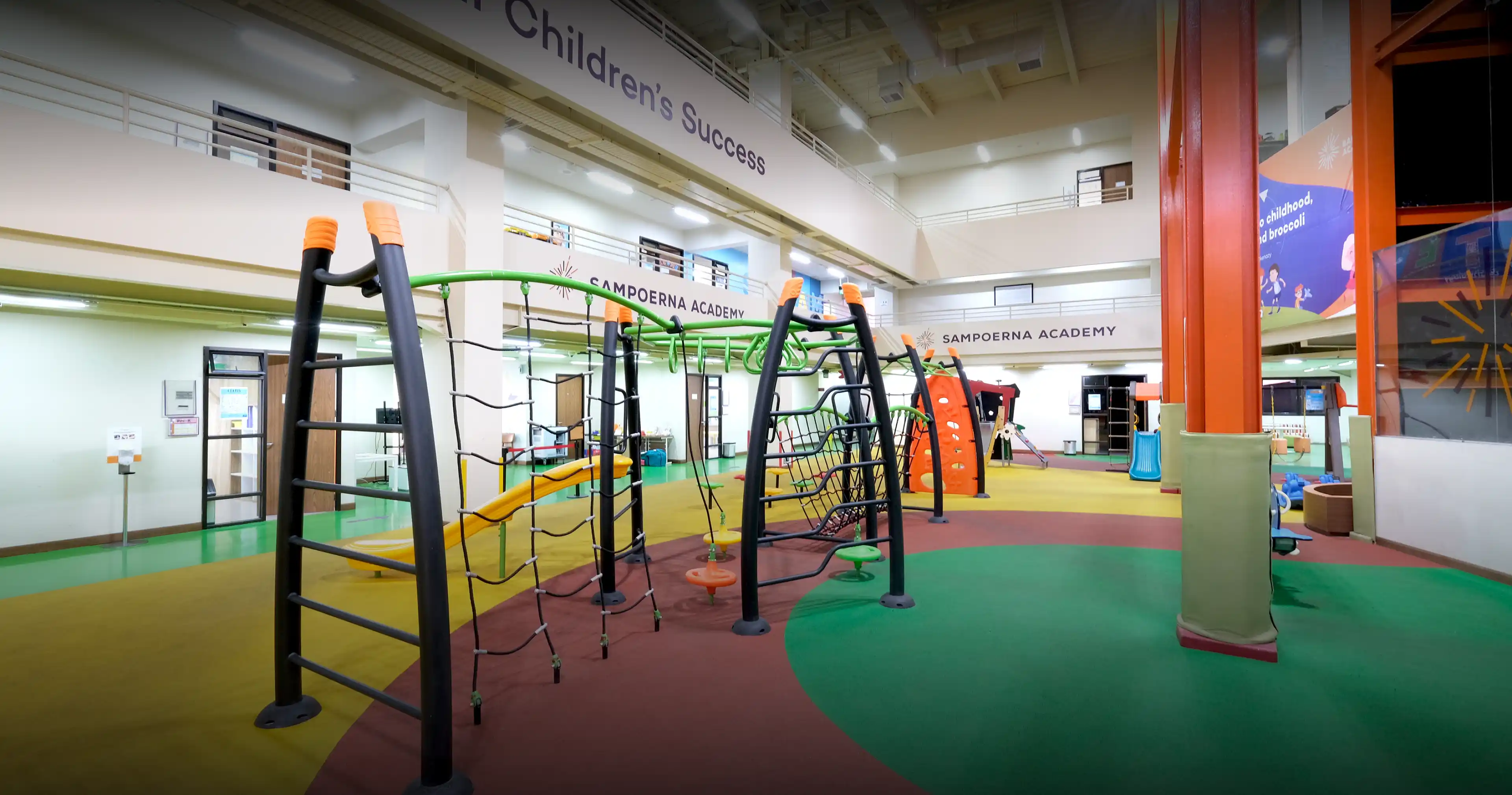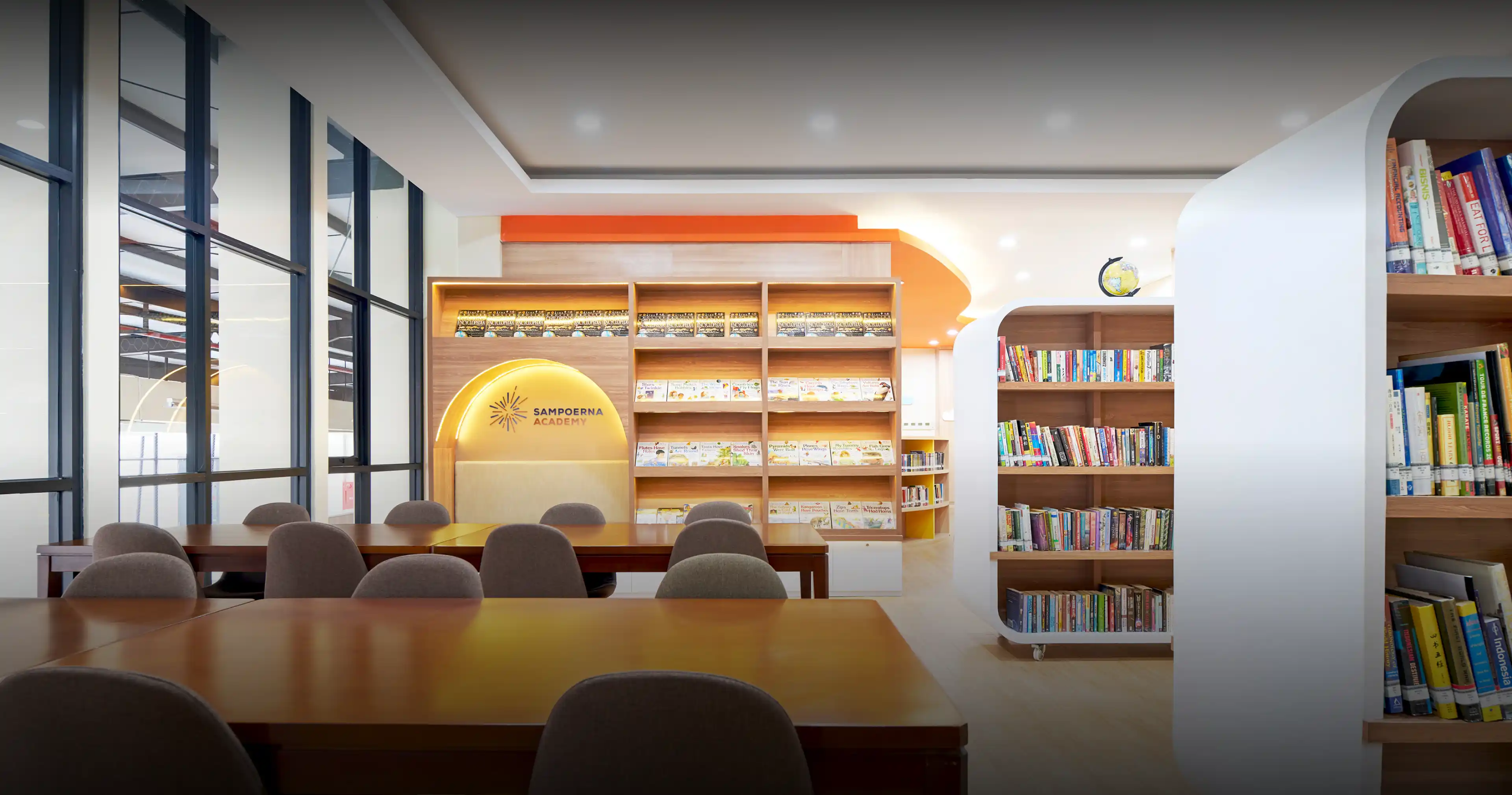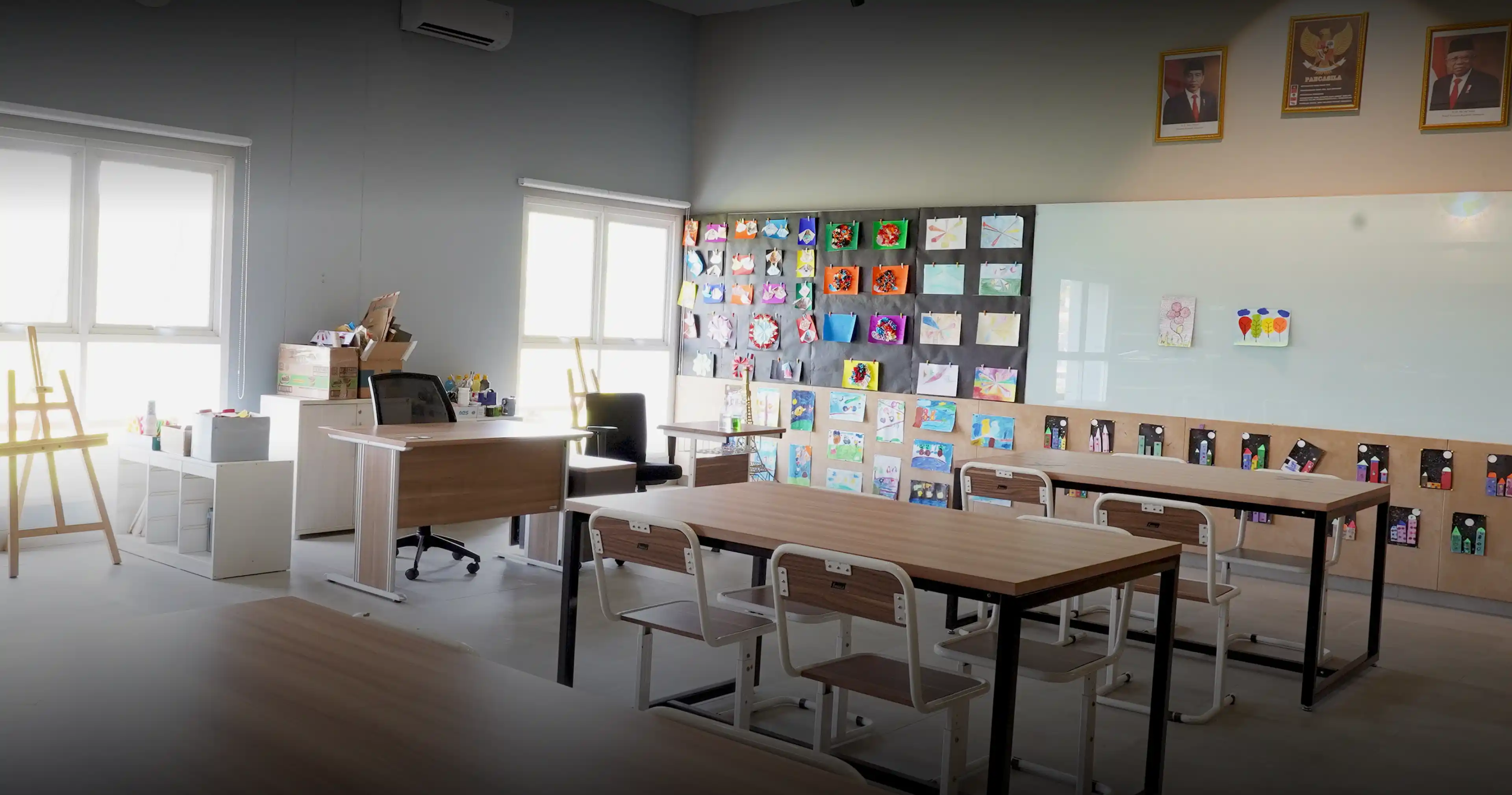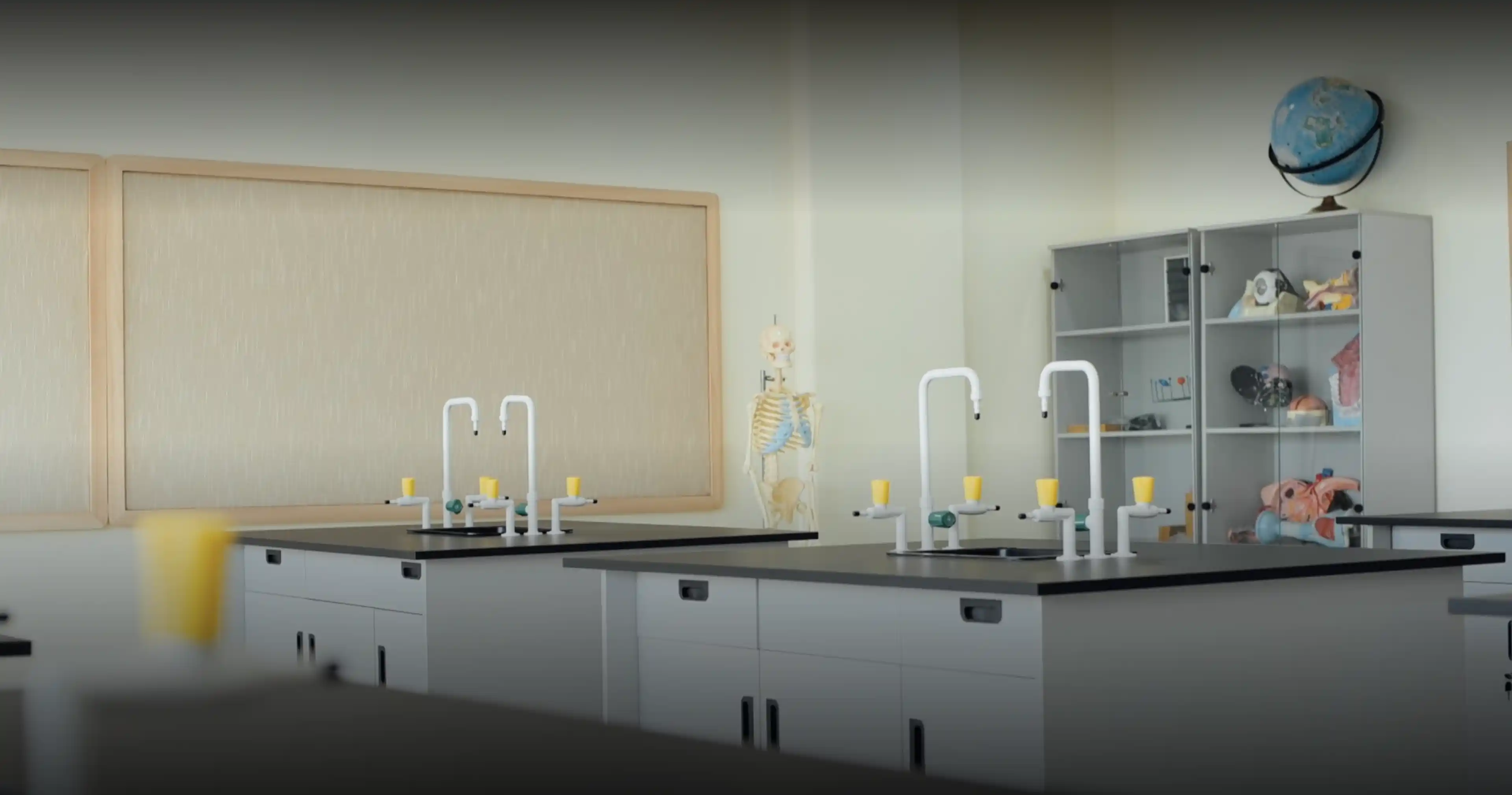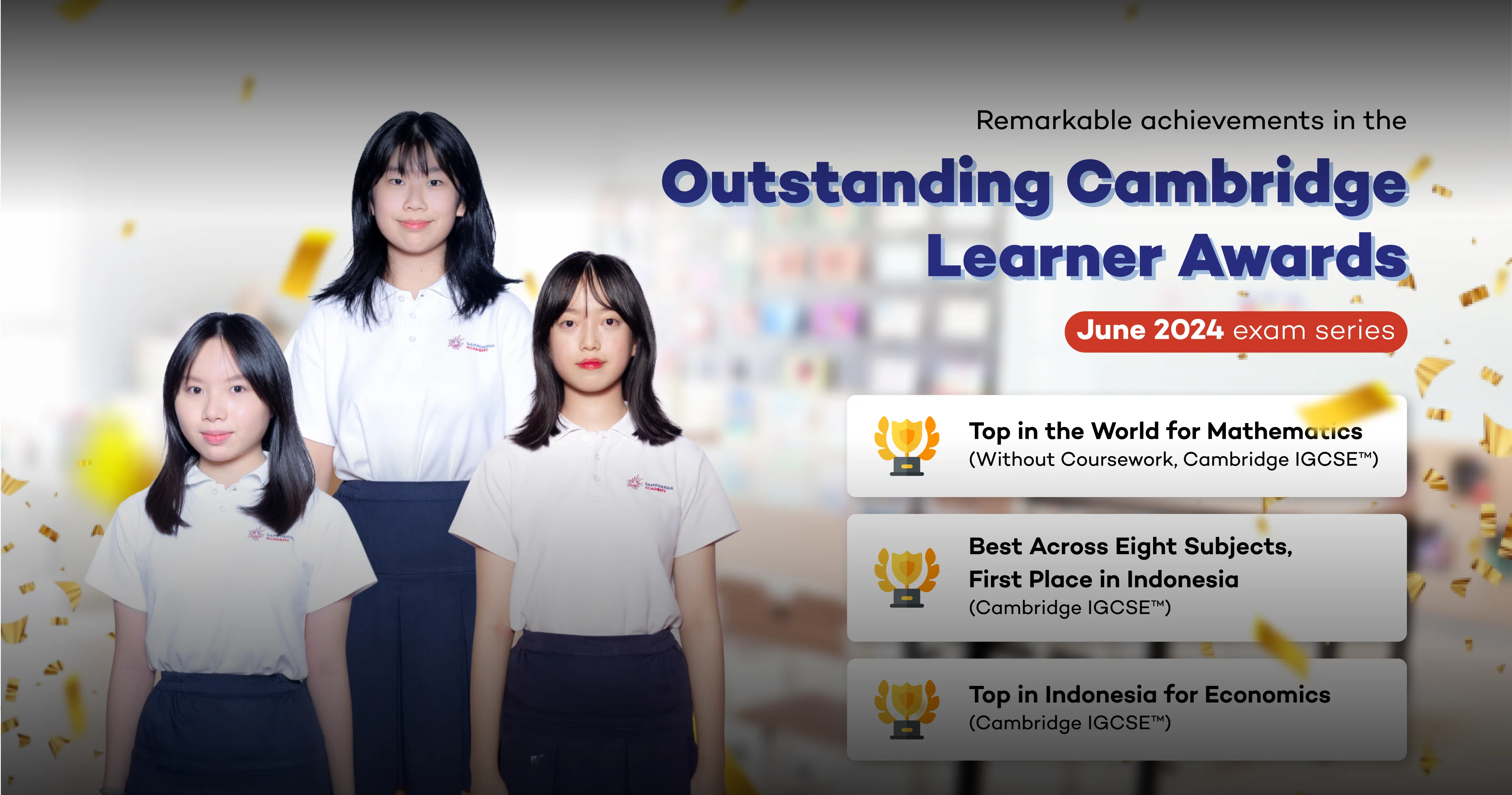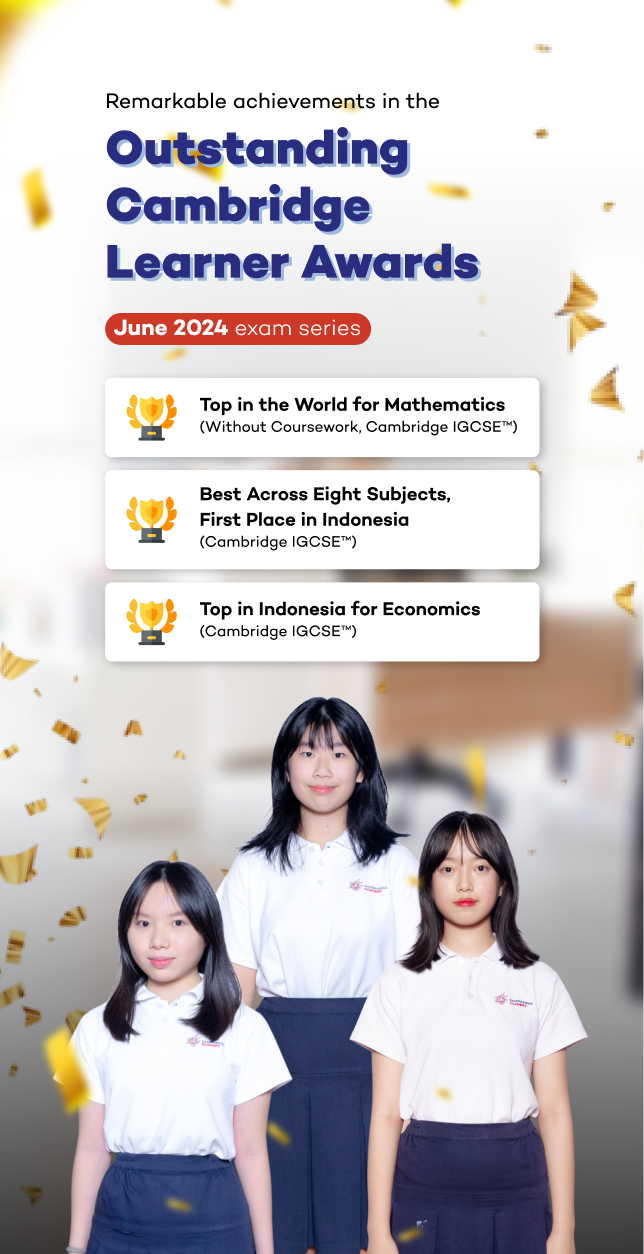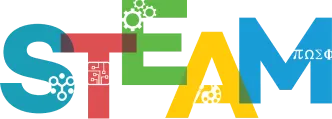How do we IGNITE the Curiosity?
At Sampoerna Academy, we believe that curiosity is the spark that fuels innovation and lifelong learning. Through a dynamic blend of internationally acclaimed curriculum and STEAM programs, we foster curiosity, critical thinking, and creativity. With our unique approach, we empower students to become the innovators of tomorrow.
More InfoA Journey of Lifelong Learning

.webp)
.webp)
.webp)
Awards & Achievements

Claire Nicole Lin
Grade 7
Sampoerna Academy Online
First Place
The 3rd Tokyo International Youth Piano Competition Final Round

Alaric Wongso
Grade 4
Sampoerna Academy Medan
First Place
Indonesia Junior Golf Premier league 5
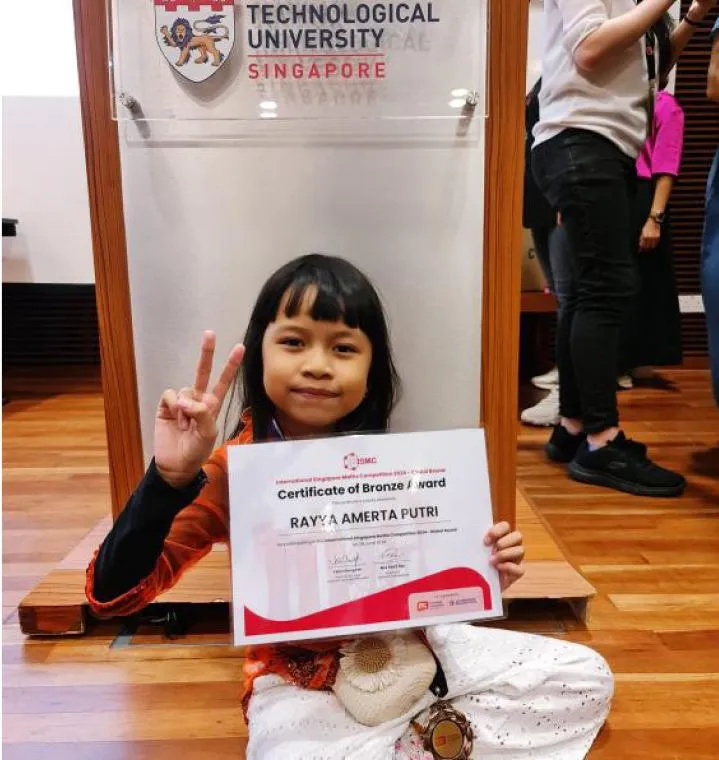
Rayya Amerta Putri
Grade 2
Sampoerna Academy Pakuwon Indah
Bronze Medal
International Singapore Mathematics Competition 2024

Rayya Amerta Putri
Grade 2
Sampoerna Academy Pakuwon Indah
Honour Mention
The 2024-2025 Third SIAT International Youth Art Competition
Awards & Achievements
An Overview of Sampoerna Academy
94%
IGCSE Pass Rate
1 of 3
Students Gets
Distinction (A* & A)
1 of 2
from Medan & Surabaya
Gets Distinction (A* & A)
BSD & L'Avenue Have
>97%
Pass Rate
93%
of our students were
awarded the IB Diploma
Where Our Teachers Come From

Where Our Students Shine




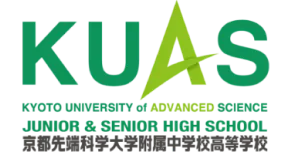




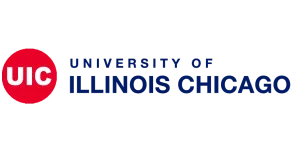




















Hear from Our Community

.webp)
The International curriculum is excellent,
so we wanted to give Talullah the best. She's learned so much; the lessons are challenging, but Talullah has been able to excel at them. The process has shaped her into a better person.
Bimo Setiawan & Reni Setiawati
Parents of Talullah Alami, Sampoerna Academy L’Avenue

.webp)
We Chose Sampoerna Academy because of strong recommendations from friends, and we're pleased with Chloe's progress.
Chloe's understanding of all subjects has improved, and we're very happy about that. We don't push her too hard; as long as she's doing her best, that's what matters to us. We're also glad she's more eager to speak English.
Melaney & Tyson
Parents of Chloe Lynch, Sampoerna Academy L’Avenue

.webp)
The library at Sampoerna Academy BSD is very spacious and has a wide variety of books.
There is also a cozy mezzanine that offers a different environment. It's like mini house and I enjoy spending time there.
Benecdito Darren

.webp)
What I love about Sampoerna Academy is the trilingual environment.
where we can speak English, Bahasa, and Mandarin. The Bahasa teacher is always helpful in translating words I don't know during class.
Jonah

.webp)
Math at Sampoerna Academy is unique
because it integrates STEAM approach into daily activities, providing students opportunities to apply mathematics concept to real-world projects.
Mr. Heize
Math Teacher, Sampoerna Academy L'Avenue

.webp)
The playroom in Sampoerna Academy is designed to resemble real-life buildings
like a police station, hospital, and fire station. This gives kids a pratical experience and applying their learningin a real-world situations.
Ms. Airene
K2 Homeroom Teacher, Sampoerna Academy BSD

.webp)
The International curriculum is excellent,
so we wanted to give Talullah the best. She's learned so much; the lessons are challenging, but Talullah has been able to excel at them. The process has shaped her into a better person.
Bimo Setiawan & Reni Setiawati
Parents of Talullah Alami, Sampoerna Academy L’Avenue

.webp)
We Chose Sampoerna Academy because of strong recommendations from friends, and we're pleased with Chloe's progress.
Chloe's understanding of all subjects has improved, and we're very happy about that. We don't push her too hard; as long as she's doing her best, that's what matters to us. We're also glad she's more eager to speak English.
Melaney & Tyson
Parents of Chloe Lynch, Sampoerna Academy L’Avenue
